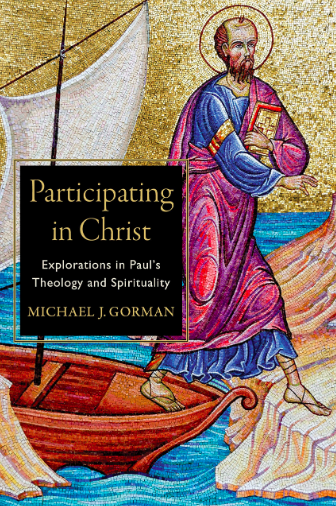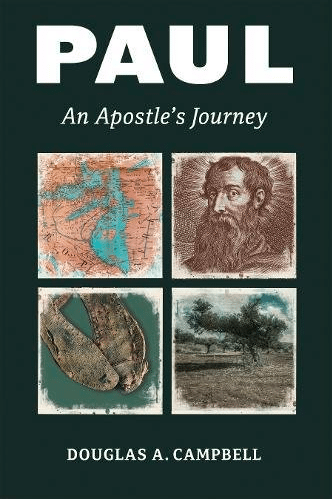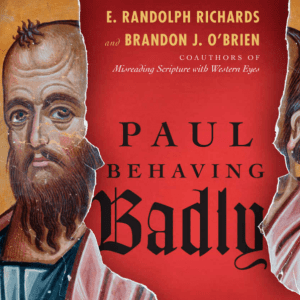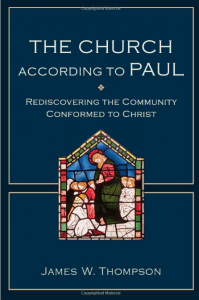The first phase of the New Perspective on Paul was E.P. Sanders; the second was the work of James Dunn; the third phase is the work of N.T. Wright, whose earliest book was a study of Paul and who then began to unleash his massive set of volumes on Christian Origins and the Question of God.
[Note added: As Tim Gombis reminds us in a comment below, it is not like 1-2-3 in the relationship of Sanders-Dunn-Wright; it is not that Sanders said it, Dunn then added, and then along came Tom Wright to add some more. The relationship of these three scholars can be said to be post Dead Sea Scrolls and part of the awakening to Jewish sources of the 70s. The three are actually dialectically related to one another and they sharpened one another’s ideas in mutual interaction and debate. When it comes to formative writings, writings that shaped us, the relationship can be reasonably said to be Sanders-Dunn-Wright.]
Wright’s books begin with is Climax of the Covenant, move to What Saint Paul Really Said, and now in Paul: In Fresh Perspective. It’s a bit hard to sum up Wright in a paragraph or two but I’ll give it a whirl and let the experts on Paul chime in for corrections and modifications.
Wright’s early work was a macroscopic understanding of Paul in light of how he understood Jewish history unfolding. His big insight, which he applied with potency and probably too often, was the theme of exile. Israel was “in exile” still at the time of Jesus and Paul — even though Israel was back in the Land, the promises of Isaiah and others hadn’t been completely fulfilled. Paul’s theology was shaped by this conviction and by covenant and by new creation.
But Wright agreed basically — as did Dunn — with Sanders’ perspective on Judaism: election-based, covenant-shaped work of God to form God’s people to whom God gave the Torah to show to them how to live before God in righteousness. In other words, Judaism was a religion of covenantal nomism. It’s pretty hard to read the OT and not see the potency of Sanders’ perception of the pattern of religion for Israel.
Where Wright differed from Sanders (participationist eschatology) and Dunn (sociological markers of the Torah and community of Israel) was on how Paul reworked that covenantal nomism — and Wright’s view of Paul is hard for me to bring to a single expression. End of exile, Jesus as recapitulating Israel’s covenantal history and the need to be “in Christ,” the yearning for new creation, and — his most recent augmentation — anti-empire ideology.
Justification, of course, gets revisioned in the New Perspective. Sanders isn’t known for this so much and Dunn’s view has shifted a little over time, but Wright came out swinging on this one and has recently done a little shifting as well. But, Tom said that justification described not how to get into the people of God but identified who was in the people of God. It was not a “salvation” term but a “covenant” or “ecclesial” term. It said something about who was already in and not something about how to get into the people of God.
Tom has suffered from serious misrepresentations; he has made some adjustments; and his view of justification has some breadth and depth and some width.
What perhaps annoys most is that he’s intent on out sola-scripturing the Reformed camp; what annoys someone like me is that I hear too much on the part of the Reformed camp that Wright’s views are not consistent with the Reformation. How ironical is that? Isn’t the question: What does the Bible say?
No one has captured the young scholar more than Tom Wright. One reason is because there is no one out there who writes as well; combine that with a fertile, creative, courageous mind and a life dedicated to the church and you come up with Tom Wright. Do I agree with him all the time? Nope. But, like Jimmy Dunn and Ed Sanders, I read their every word.











